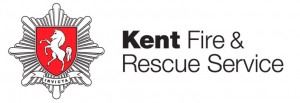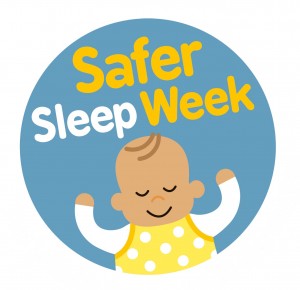 |
| The line-up for Create 2017 is as follows: |
| Ashford College Main Stage: |
| The Paul Dunton Orchestra |
| Salvation Jayne |
| We Are Bandicoot |
| Origami Heart |
| The Step |
| Silent Crowd |
| Albert Man |
| Only Sun |
| Riskee & the Ridicule |
| The Selecter |
| The Revelation Ashford Stage |
| Hannah Richards |
| A Million Little Pieces |
| Charlie Tophill |
| Himali Blues |
| Rosie Pennie |
| Arcelia |
| The Scorchers |
| Chilè |
| The Gallerys |
| The Bay Rays |
| The County Square Community Stage: |
| Ashford Oaks Primary School Choir |
| Nini Westwood |
| 4×4 Bhangra |
| Freya Cook |
| Ashford Community Choir |
| Jump Singers |
| 4×4 Bhangra |
| Invicta Ukulele Club |
| 4×4 Bhangra |
| Ashford Concert Band |
| Ashford Rock Choir |
The line-up for Create Music Festival’s 22nd year has been announced.
Create 2017 is already lining up to be a big year with ska legends, The Selecter, announced as the headliner. More bands and acts have now been added to the packed programme of musical indulgence on Saturday 22nd July in Victoria Park.
The Create Main Stage, which is sponsored by Ashford College, will include popular local favourites Riskee & The Ridicule, Salvation Jayne, and the Paul Dunton Orchestra. They will be supported by a team of Ashford College Music Technology students who will be working behind the scenes.
Premier music and arts venue, Revelation Ashford, has once again programmed in an eclectic mix of high quality independent music for their stage, supporting some of the best bands, singer-songwriters, and emerging young folk artists emanating from Kent.
Headlining the Revelation Ashford stage are Kent’s garage rock band, The Bay Rays, who come fresh from their recent BBC Radio 1 Maida Vale session with Huw Stephens, as well as their smash show at Revelation Ashford earlier this year. Also supporting this stage are The Scorchers, The Gallerys and Ashford’s Himali Blues.
The brand new County Square Community Stage will also showcase a whole host of local talented groups such as Ashford Rock Choir, Invicta Ukulele Club, Bhangra Dancers, and ‘Jump’ Singers.
Fans will have noticed that announcements are yet to be made for the legendary Create DJ stage, but can rest assured that an awesome line-up will be laying down the very best of house, EDM and club anthems.
What’s more, following on from last year’s memorable performance from David Live, the David Bowie tribute act will return for a special two hour show at Revelation Ashford the night before Create.
Create Festival Organiser, Chris Dixon, said: “We are delighted with the line-up so far. Our ‘apply to play’ request once again exceeded all expectations, attracting hundreds of applications from all over the world.
“We believe this line-up is a good mix of high quality local bands, a few up and coming artists from further afield who have a genuine interest to play here, as well as providing a platform for some individuals to play in front of a crowd for the very first time.”
Ashford Borough Council 03 April 2017
www.ashford.gov.uk/news/lineup-for-ashford-create-festival-2017-announced-3rd-apr-1588/
 Kent County Council Trading Standards are warning the public to be aware of a bogus ‘Trading Standards Officer’ who has recently called at a resident’s home in Kent.
Kent County Council Trading Standards are warning the public to be aware of a bogus ‘Trading Standards Officer’ who has recently called at a resident’s home in Kent.





 To vote in the Kent County Council elections on 4 May,
To vote in the Kent County Council elections on 4 May,